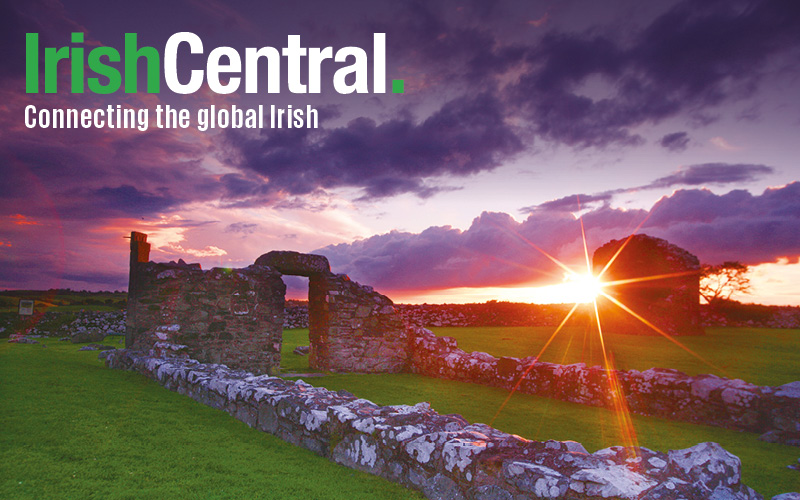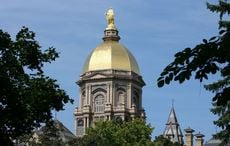The Royal Irish Academy has produced a new online atlas of Derry/Londonderry that includes maps and illustrated drawings. Mayor Martin Reilly will officially launch the online atlas at an event at the Tower Museum on Wednesday, September 11.
The digital atlas has received much praise ahead of its launch. The Londonderry Sentinel quoted him, “This is a fantastic way to view early plans and maps of key streets and areas within the walled city.” Likewise, professor Attracta Ingram, Vice President of the Royal Irish Academy said,
“The digital atlas of Derry~Londonderry is a very useful case-study for the European historic towns atlas scheme because it presents for the first time maps and texts from the printed atlas in an interactive way.”
Dr. Keith Lilley from Queen’s University Belfast will give a demonstration of the digital atlas at the official launch.
The collection is based on Irish Historic Town Atlas, no 15 Londonderry by Avril Thomas, which was published in 2005.
The official launch corresponds with the Culture TECH 2013 festival and the 3rd Annual Digital Arts and Humanities Institute, at Magee. Derry/Londonderry is also the UK City of Culture for 2013.
To view the digital atlas, visit www.ria.ie/digitalatlasderry
Derry/Londonderry is the second largest city in Northern Ireland. The name Derry comes from the Anglicization of the Irish word “daire” or “doire” meaning “oak grove.” The city is said to have been founded in the 6th century by St. Columba. It was renamed Londonderry in 1613 by the Royal Charter of King James I. The walled city withstood the siege of 1689, when King James II sought to recapture the English throne via Ireland after King William of Orange claimed the throne during the Glorious Revolution. More than a hundred people died during the siege, but King James was unable to take the city, thus earning the city the nickname the Maiden City. The siege of Derry is remembered each year in the Maiden City Festival celebrated in August.




Comments